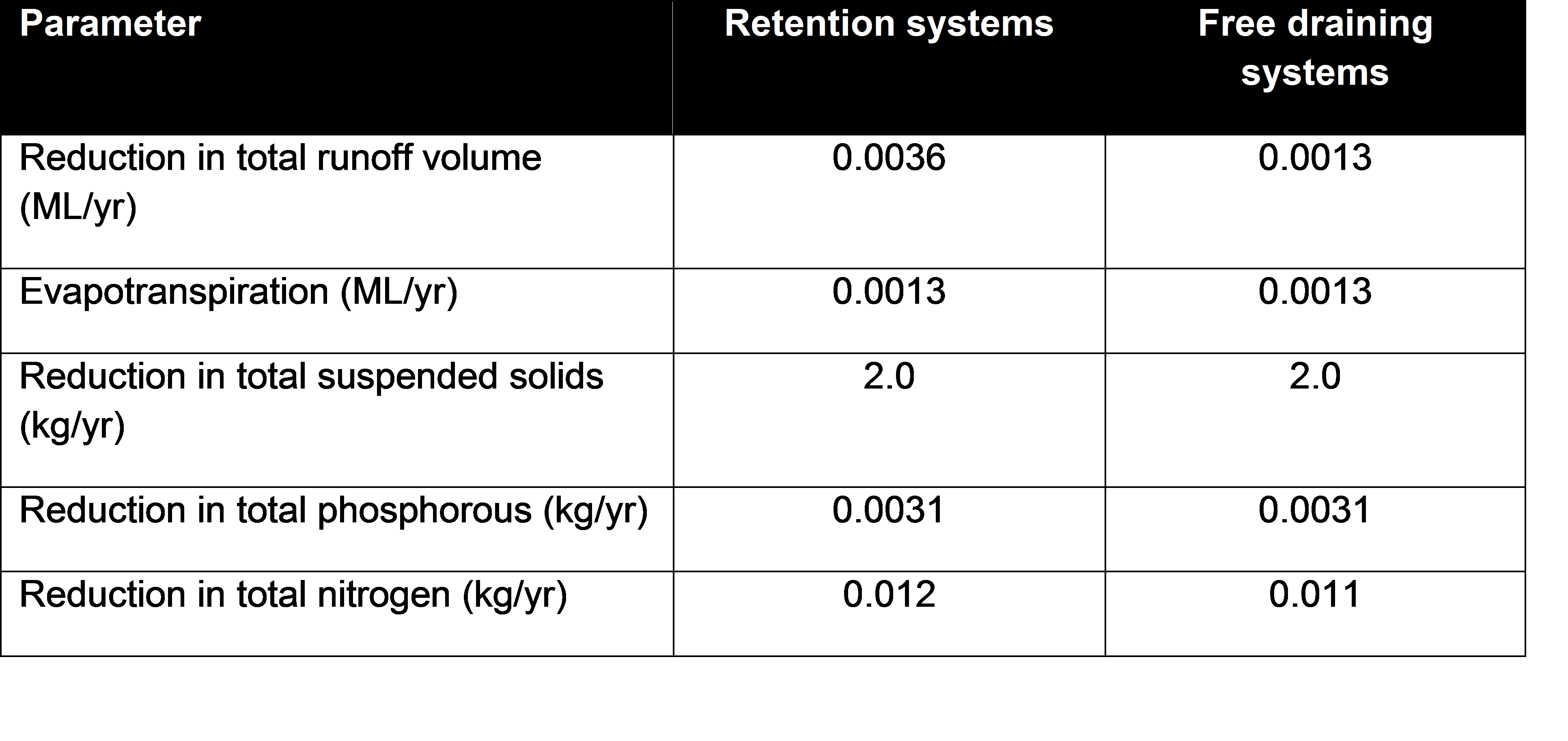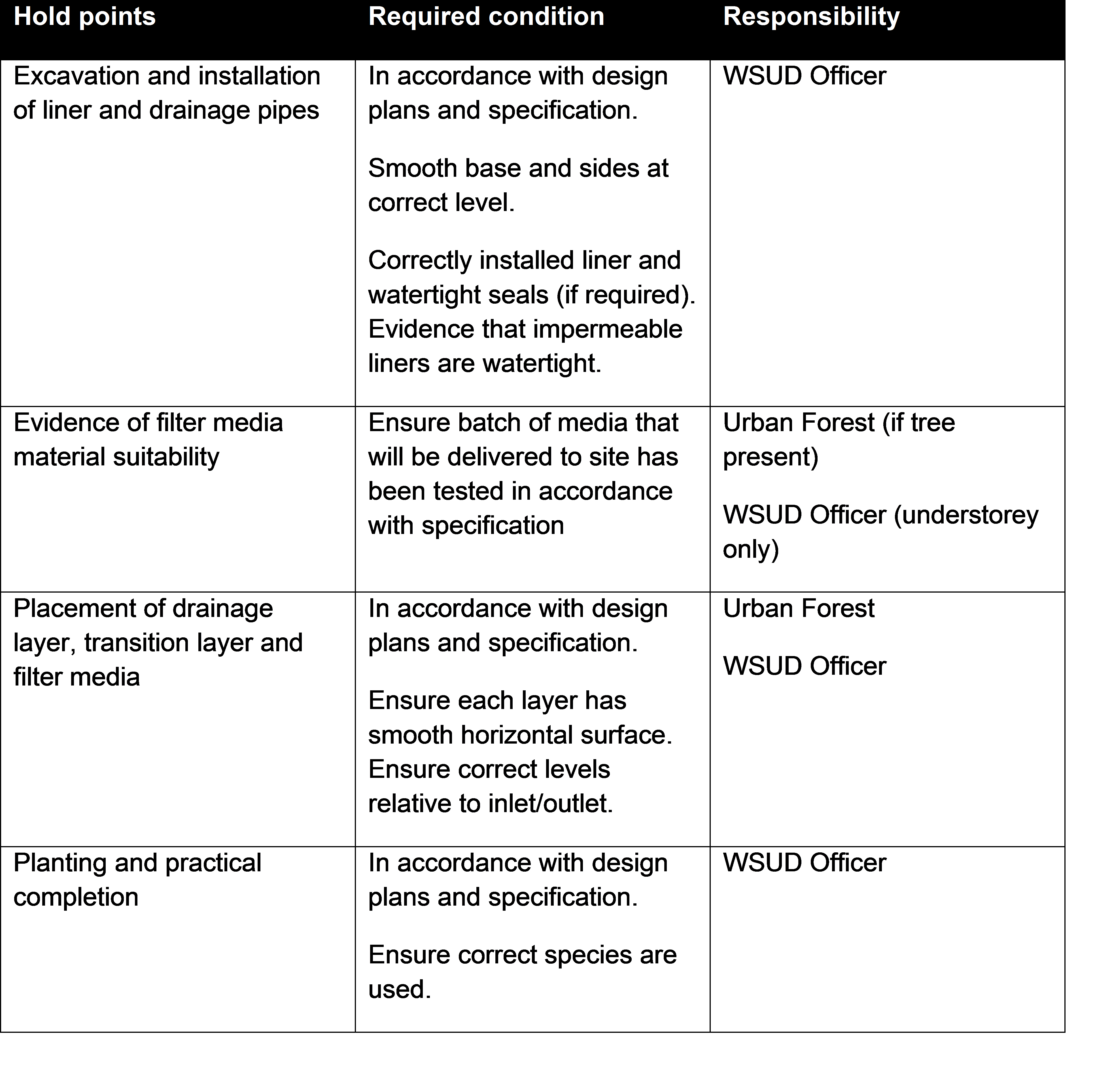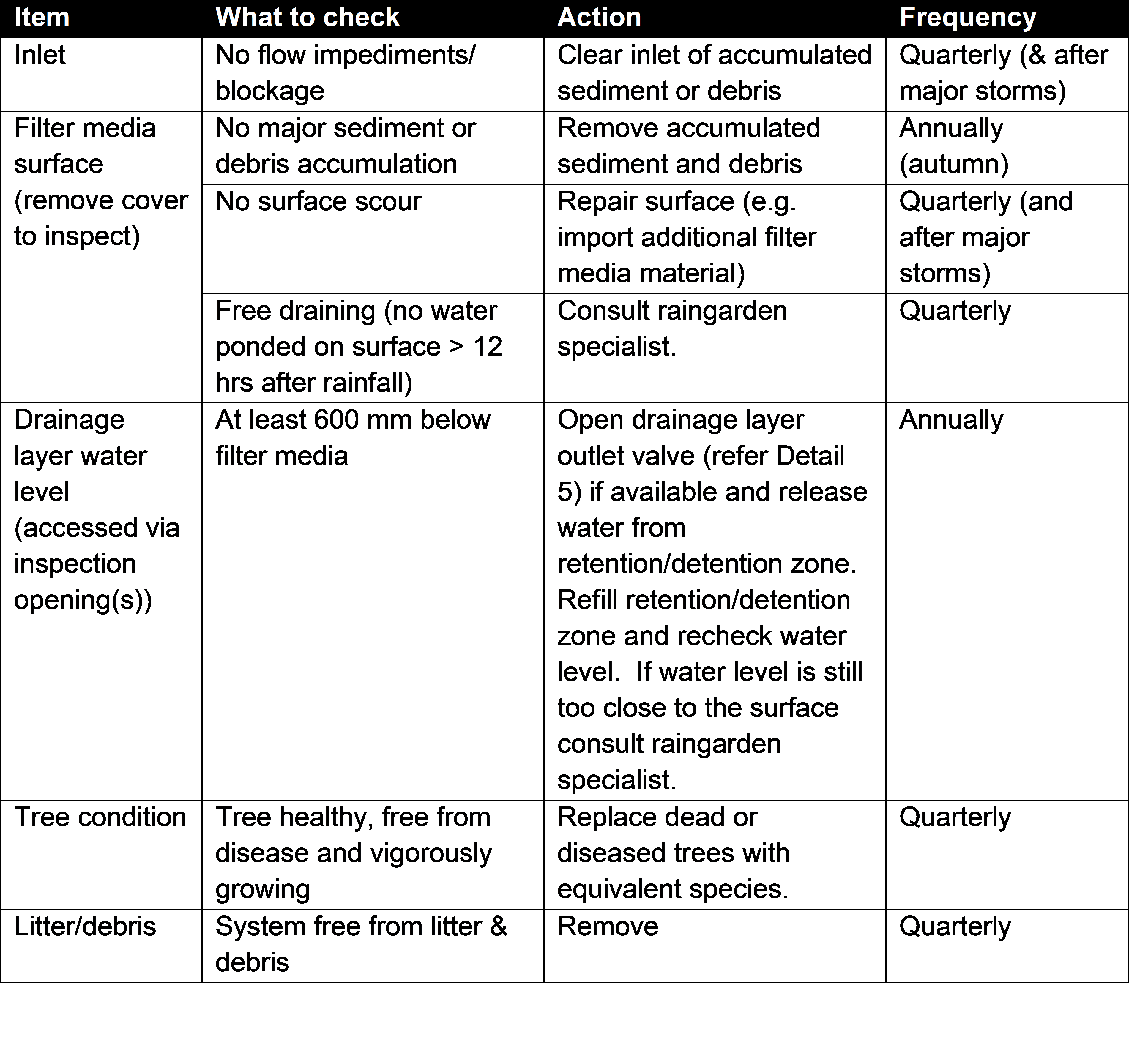Typology 6 – Bluestone channel raingarden tree pit
Bluestone channel raingarden tree pits are suitable to use in narrow, low speed streets where a tree can be accommodated within a gutter channel consisting of a strip of bluestone pavers.
Stormwater flow is directed along a bluestone gutter channel. The channel is set down around trees and a raised bluestone paver on the downstream side enables ponding and infiltration into filter media around the tree.
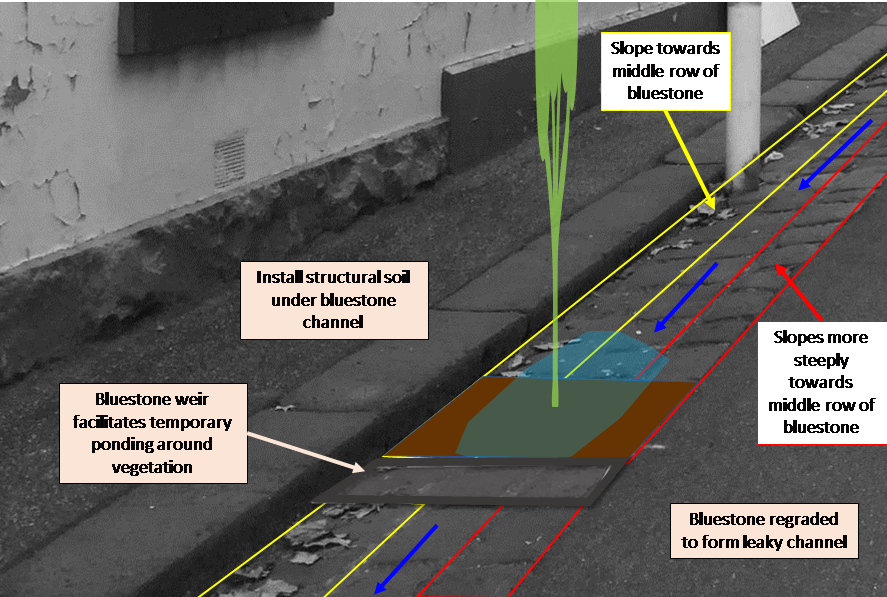
The purpose of this information is to assist you in developing your Blue Green Infrastructure project. Some of the drawings associated with this typology are not yet included in the Engineering Standard Drawings. We are currently identifying sites for potential trials. You will need work with our Infrastructure and Assets team and Urban Forest team to finalise your design and obtain relevant approvals
- Little Collins Street raingarden tree pits

